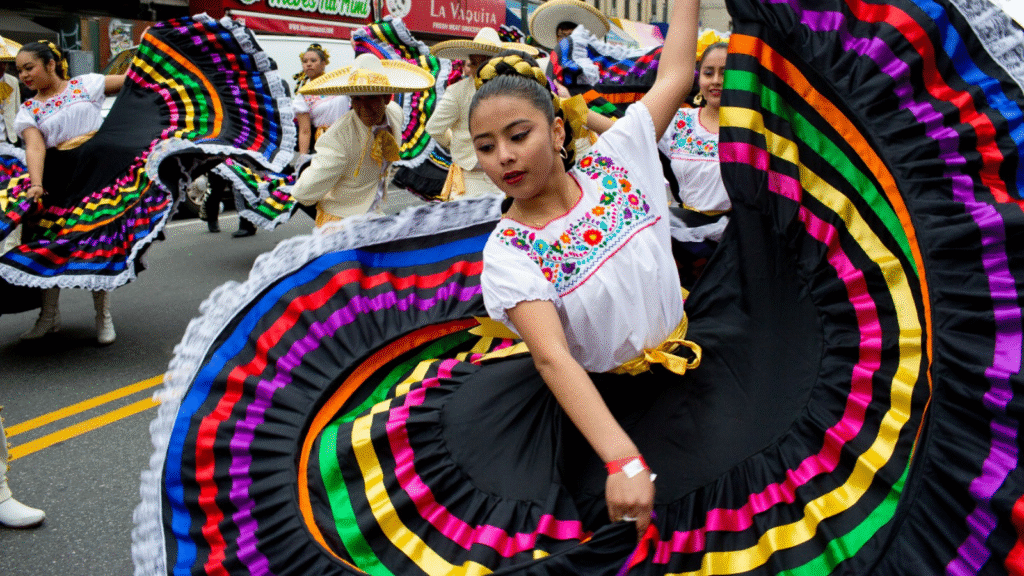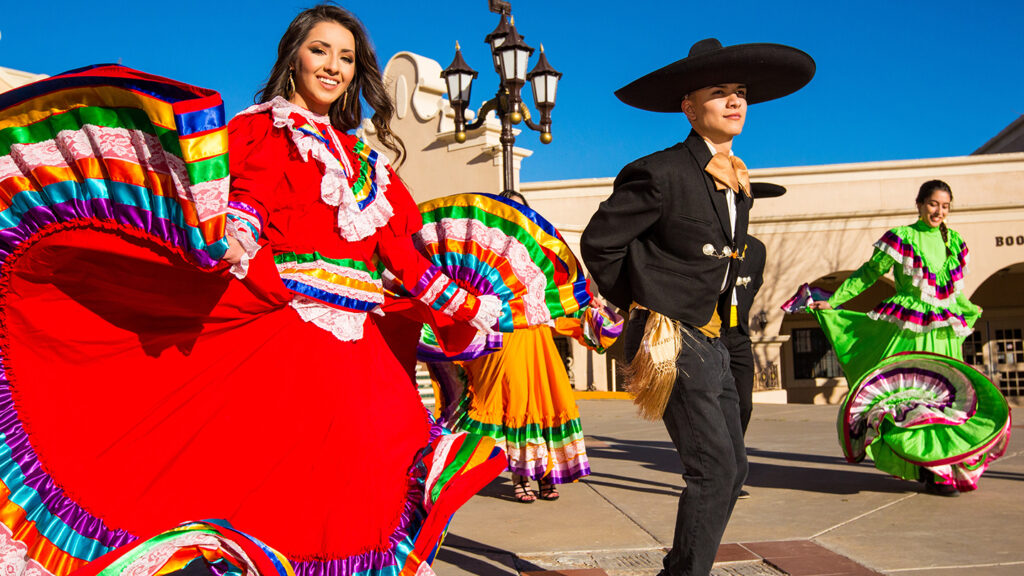
The fifth of May, widely known as Cinco de Mayo, has long held a unique place in the American calendar. Each year, the day unfolds with colorful parades, sizzling Mexican cuisine, rhythmic folk dances, and the infectious melodies of mariachi music. It is a day of vibrant energy and joyous celebration. But beneath the sombreros, street festivals, and margaritas lies a misunderstood historical event that offers much more than a reason to party—it’s a tale of resilience, identity, and cultural pride.
Despite common belief, Cinco de Mayo is not Mexico’s Independence Day. That momentous national milestone is actually celebrated on September 16 and marks the beginning of the country’s fight for freedom from Spanish colonial rule. Cinco de Mayo, in contrast, commemorates the Battle of Puebla, a lesser-known but symbolically significant event during the 19th century that became an emblem of resistance against imperialism.
A Battle Against All Odds: The History Behind Cinco de Mayo
To understand the origins of Cinco de Mayo, one must rewind to 1861, when Mexico was in the midst of severe financial crisis following years of civil war. The country, under the leadership of President Benito Juárez, was struggling to pay back debts owed to European nations. In response, France, Spain, and Britain dispatched naval forces to demand payment. While Spain and Britain soon negotiated and withdrew, France, under Emperor Napoleon III, decided to invade and establish a monarchy that would serve French interests in the Americas.
The French army, widely considered one of the most powerful military forces at the time, advanced toward Mexico City. On May 5, 1862, their path took them through Puebla de Los Angeles, a small town in east-central Mexico. There, they were met by a determined Mexican force of roughly 4,000 troops led by General Ignacio Zaragoza. Though the Mexicans were vastly outnumbered and poorly equipped, they mounted a fierce defense.
Against all expectations, the Mexican army triumphed, halting the French advance and achieving a major symbolic victory. The win did not end the war—France would eventually take Mexico City and install Maximilian I as emperor—but the Battle of Puebla became a profound symbol of Mexican unity and courage in the face of foreign aggression.
The Roots of Remembrance: How Puebla Honors Cinco de Mayo
In Mexico, Cinco de Mayo is not a nationwide holiday. In fact, it is primarily celebrated in the state of Puebla, where the famous battle took place. Every year, Puebla holds an elaborate reenactment of the battle, complete with actors dressed in 19th-century military garb, simulated combat, and historical narrations. These performances are not simply spectacles—they are acts of collective remembrance that honor the courage of those who stood their ground.
Alongside the reenactments are parades, fireworks, and cultural exhibitions that showcase the region’s heritage, from indigenous traditions to colonial-era architecture. Schools participate in educational programs, and families gather to enjoy home-cooked meals that blend indigenous ingredients with Spanish influences. In Puebla, Cinco de Mayo remains rooted in its historical significance, a day of national pride and community unity.
A Transplanted Celebration: Cinco de Mayo in the United States
Curiously, while Mexico observes the day with localized and solemn dignity, Cinco de Mayo has grown into a much grander event in the United States—particularly in areas with large Mexican-American populations. The holiday first began to gain traction in the U.S. during the Chicano Movement of the 1960s and 1970s, when Mexican-Americans sought to assert their cultural identity and civil rights.
Activists adopted Cinco de Mayo as a symbol of Mexican resilience and strength, drawing parallels between the Battle of Puebla and the broader struggle for equality and justice in the U.S. The day became a moment of empowerment—a cultural anchor around which to celebrate heritage, language, and tradition.
Over time, however, Cinco de Mayo’s meaning evolved. What began as a day of reflection and cultural pride grew into a widespread celebration of Mexican culture. Cities like Los Angeles, Chicago, San Antonio, and Phoenix became hubs for massive Cinco de Mayo festivals. Street fairs featured traditional Mexican music, folkloric dance performances, art exhibits, and food trucks offering everything from tamales to churros.
Corporate America soon saw an opportunity in the day’s growing popularity. By the late 20th century, brands from beer companies to grocery chains began sponsoring events, creating themed products, and launching promotional campaigns—all centered on Cinco de Mayo. This commercialization, while expanding the holiday’s reach, also diluted its historical essence.
Commercialization and Cultural Critique: The Other Side of the Coin
In recent years, Cinco de Mayo has faced increasing scrutiny in the U.S. for what critics describe as superficial celebration and cultural appropriation. For many, the day has become synonymous with partying, often involving excessive drinking and stereotypical representations of Mexican culture. Sombreros, fake mustaches, and broken Spanish phrases are common sights in Cinco de Mayo advertisements and events.
This commercialization has led to a disconnect between the historical meaning of the day and how it is perceived. Surveys have shown that a significant number of Americans mistakenly believe Cinco de Mayo is Mexico’s Independence Day. The original context of the Battle of Puebla is frequently overshadowed by the festive trappings that now dominate the holiday.
Cultural advocates argue that such portrayals are reductive and disrespectful, turning a moment of national pride into a caricature. While celebration is not inherently problematic, they emphasize the importance of doing so with understanding and respect. There is a growing movement to reclaim Cinco de Mayo as a space for authentic cultural education, historical reflection, and appreciation.
The Holiday in the Heart of American Cities
Despite its commercialization, Cinco de Mayo still serves as a vital platform for Mexican-American communities to express cultural pride and resilience. In cities across the U.S., nonprofit organizations and cultural centers use the holiday as an opportunity to educate the public, support local artisans, and fundraise for social initiatives.
In Los Angeles, the Fiesta Broadway event—one of the largest Cinco de Mayo celebrations in the country—draws hundreds of thousands of attendees each year. The festival features concerts by Latin artists, folkloric dance competitions, food from across Latin America, and booths selling handcrafted goods. Similar celebrations occur in Denver, Houston, San Francisco, and New York, each with their own regional flair.
Schools also play a role. Many institutions, especially in Latino-majority districts, incorporate Cinco de Mayo-themed curriculums that explore Mexican history, art, and literature. Students create papel picado (cut paper decorations), learn traditional dances like the jarabe tapatío, and hear stories about the Battle of Puebla. These programs aim to instill cultural pride and bridge generational knowledge gaps.
The Global Footprint: Cinco de Mayo Beyond North America
Interestingly, Cinco de Mayo has gained international recognition in countries outside of Mexico and the U.S. In places like Canada, Australia, and even Japan, the holiday is marked by multicultural events and food festivals. While these celebrations often borrow from the American model, they also highlight the global influence of Mexican culture.
In London, for example, Mexican restaurants host tequila tastings and mariachi nights. In Brisbane, Australian-Mexican fusion eateries offer special menus and live music performances. These adaptations may not always align with the historical roots of Cinco de Mayo, but they signal a growing appreciation for Mexican heritage around the world.
This global expansion raises questions about cultural transmission and authenticity. How can Cinco de Mayo maintain its historical core while appealing to a global audience? The answer may lie in education, collaboration, and a commitment to honoring the real story behind the day.
Cinco de Mayo in the Digital Age
The rise of social media has added new dimensions to Cinco de Mayo. Platforms like Instagram, TikTok, and YouTube now play a major role in how the holiday is observed, especially among younger generations. Hashtags such as #CincoDeMayo, #BattleofPuebla, and #MexicanPride trend annually, with users sharing everything from historical trivia to dance tutorials.
Influencers and educators alike use the day to promote accurate information, challenging stereotypes and encouraging thoughtful celebration. Online campaigns highlight the contributions of Mexican-American artists, scientists, entrepreneurs, and activists, showcasing the diversity within the community.
Digital events—like virtual cooking classes, art exhibitions, and panel discussions—have also gained popularity, especially in the wake of the COVID-19 pandemic. These initiatives allow people across the world to engage with Cinco de Mayo in meaningful, inclusive ways.
Cultural Identity, Heritage, and Legacy
At its core, Cinco de Mayo is not just about a battle—it’s about identity. For many, it represents the struggle to be seen, heard, and valued in a society that often overlooks or misrepresents Latino voices. It’s a day that brings visibility to indigenous roots, mestizo heritage, and the ongoing contributions of the Mexican diaspora.
It is also a reminder that history matters. Understanding the significance of the Battle of Puebla, the leadership of President Benito Juárez, and the courage of General Zaragoza and his troops can deepen our appreciation of the sacrifices made for freedom and sovereignty.

